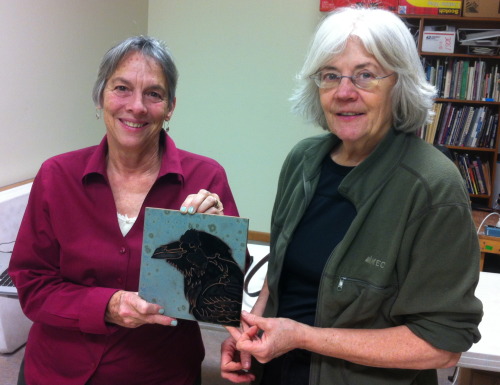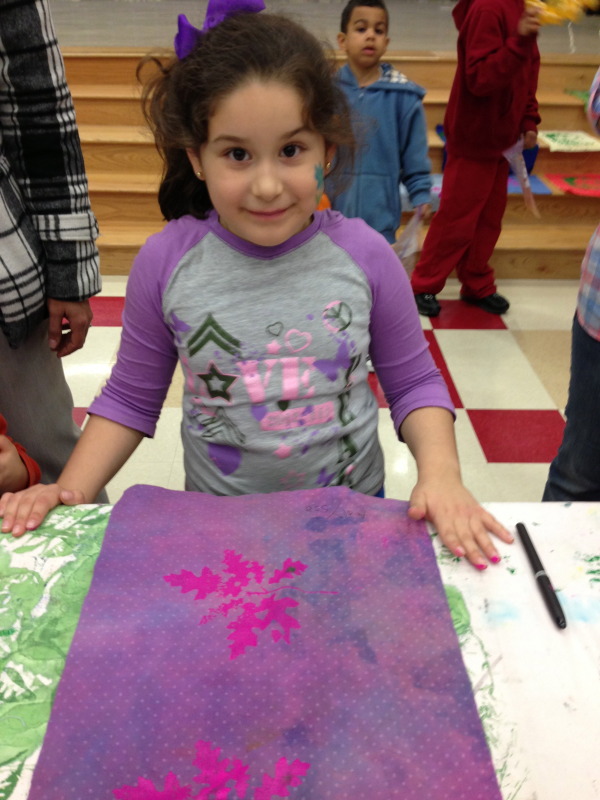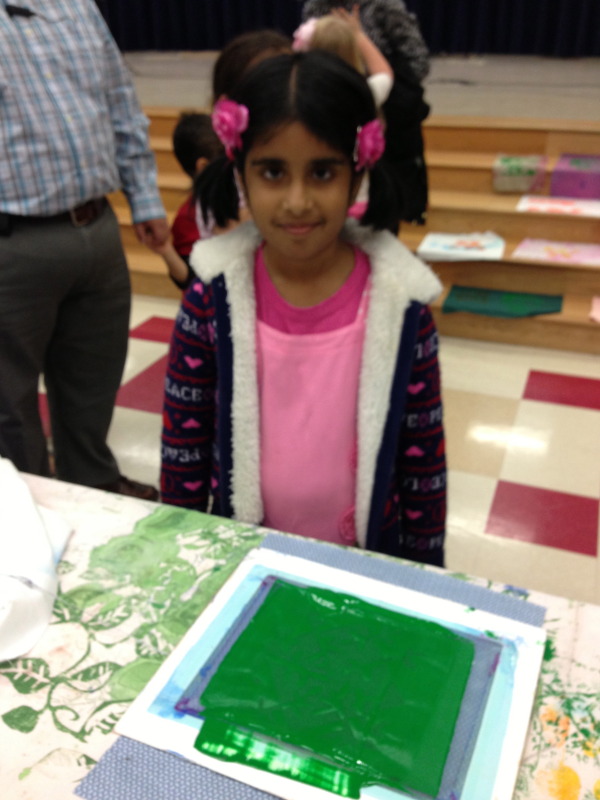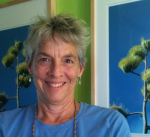
Gary Sweeny's art work sums it up.
Here, I step back and send a message that goes beyond this specific travel experience, one perhaps that will resonate with my artist friends and readers who perhaps are a bit confused by all this education stuff making its appearance on my blog.
The bigger lesson is: I am reminded minute by minute during this trip that we all do reap the seeds we sow. This trip that will last a little less than 3 weeks is like walking into a garden I planted 8-9-10- even 20 years ago. Perhaps forest is more apt than garden since I see these teachers as towering trees in their local forests.
As a teacher of creativity and art techniques I discover daily that what really matters is the process, not the product. Seeing the work these teachers are doing in Central America is not seeing their work in a museum, it's not seeing an exhibit, rather it's an amazing exhibition of talent and dedication on the ground, often in situations that would daunt the most dedicated U.S. teacher. (I know I have complained bitterly about situations, classrooms and resources that are far richer and more supported than the day-to-day schools that many of these teachers experience.)
For example, many of those who teach in rural schools teach large classes (30 or so 4 year olds at a time). Schools here are just making the transition to full days, so most teachers teach two 5 hour classes, often of different grades. Primary teachers have three different classes a day. Supplies are often basic; in rural areas many students drop out before grade 6 because they are needed for work in order for their families to eat and keep shelter over their heads. Many schools have no potable water, pit toilets and bare walls.
But the teachers are resourceful, and we feel (as do they) that the CASS experience has made them more resourceful, able to develop curriculum appropriate for their worlds and for the future to come, for the best education possible for their students, far beyond the rote learning/teaching models that most of them started with.
I challenge all of us in the "first world" to make careful use of our so abundant resources, to recycle, to stay focused on creative work rather than creative consumption, to live as lightly as we can, with the knowlege that our wealth is riding on the barefeet of many children and adults in other situations. The world is small, and our "neighborhood" is growing more crowded and more diverse. You can't get on one of the planes to El Salvador without realizing that we are all Americans, dispite political borders.
If you'd like to know more about the educational work here and in Guatemala, check our the What can School Be? blog at http://escuelacass.posterous.com
 Friday, March 1, 2013 at 11:33AM
Friday, March 1, 2013 at 11:33AM 
Artist Susan Oaks and helper get ready for the hoards.
Thom Ricks signs his new book and wonderful posters!

 education in
education in  General information
General information 





